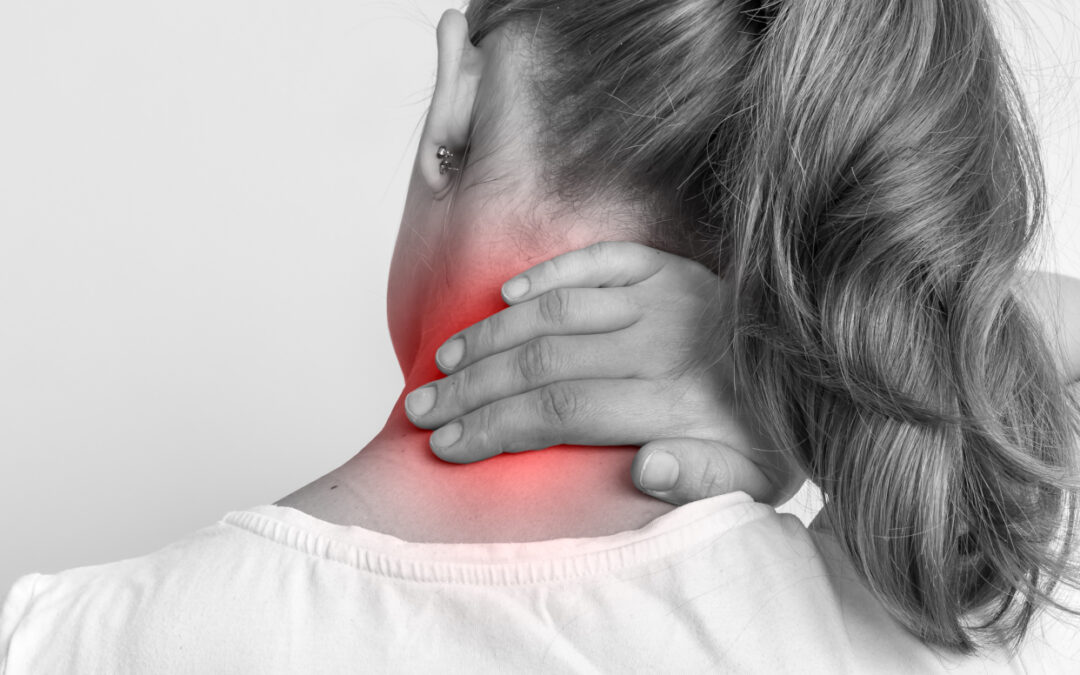One important factor to look at when looking at gait is whether the client has enough dorsi flexion to easily move through the gait cycle without compensating elsewhere.
As always if we cannot make a movement at one joint this movement will be made elsewhere up the chain to enable us to keep moving. This could cause excess movement in other areas within the hip/knee/low back right up to the shoulder.
We ideally have >10 Degrees of ankle dorsiflexion during gait, and there are a number of common compensation patterns that are seen when ankle rocker (dorsiflexion during gait) is lacking.
- Internal rotation of the foot – this allows us to roll over the lateral edge of the foot to compensate for reduced dorsiflexion. The knee and hip may also follow the internal rotation, putting adverse stresses on these joints. The knee may drift laterally into the frontal plane as the weight transfers over the foot.
- External rotation – Often accompanied by a big toe bunion or callusing in the 1st MTP joint area. With this compensation we move forward by externally rotating the ankle, dropping the arch and advancing through the medial edge of the foot to get our range.
- Early heel lift – to get around the lack of dorsiflexion we can cheat by going vertically, engaging through posterior calf muscles and transferring the weight over the foot into forefoot rocker early, these clients will have a bouncy look to their gait.
- Knee hyperextension – With this compensation, the client will hyperextend the knee to drive the pelvis forward transferring body mass over the joint. Often coupled with an anterior tilt of the pelvis.
- Mid foot pronation – This method of compensation sees a drop of the navicular area to gain extra range. Often coupled with external rotation strategies described above though not always.
- Supination – A rigid foot that does not allow for pronation, may see the hips drifting out to the side , going ‘round’ rather than ‘through’ the range.
It is worth looking at available dorsiflexion when assessing for any ankle/knee/hip and low back pathology as a potential contributor of symptoms. Considerations for causes of reduced dorsiflexion can be posterior calf tightness, tibio-talar joint restriction, weak anterior, lateral or medial calf muscles. All can be treated by manual therapy and rehabilitation techniques to achieve greater freedom of movement and range.
References: The Gait Guys



